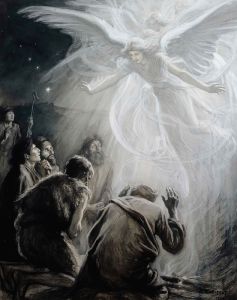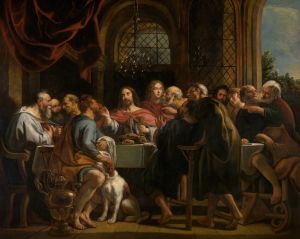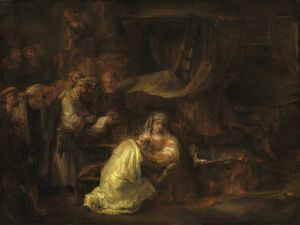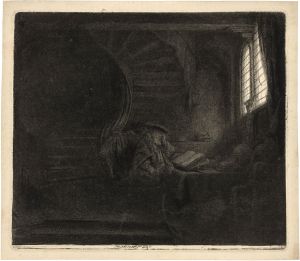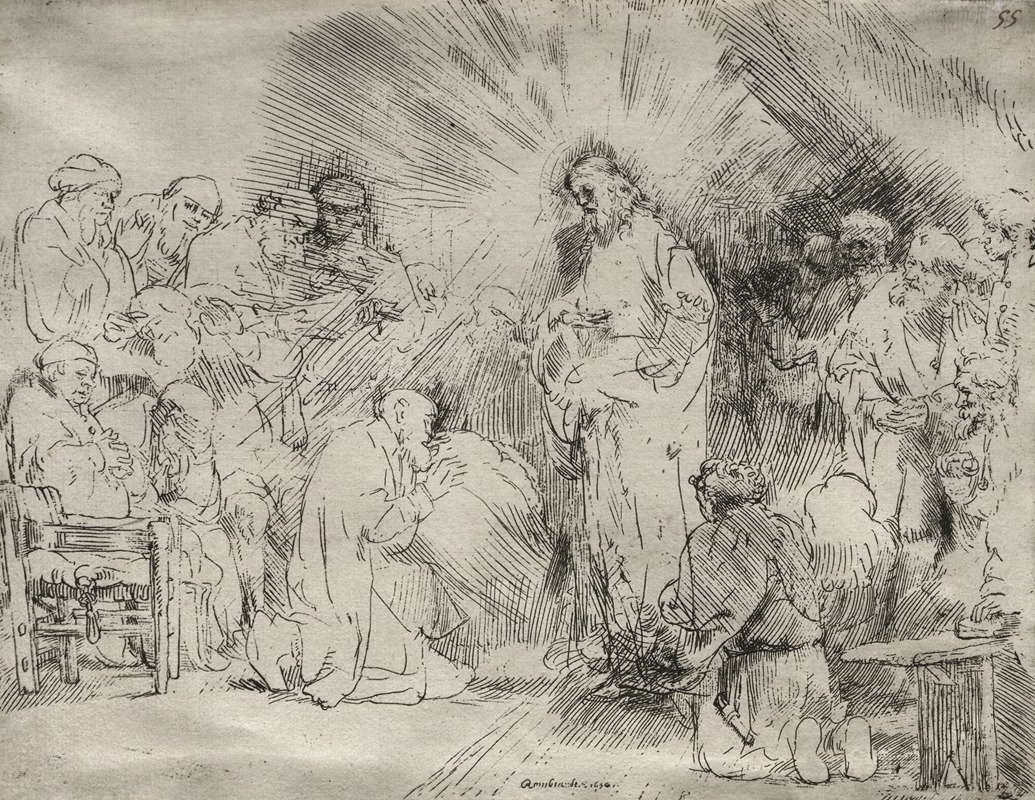
Christ Appearing to the Apostles
A hand-painted replica of Rembrandt van Rijn’s masterpiece Christ Appearing to the Apostles, meticulously crafted by professional artists to capture the true essence of the original. Each piece is created with museum-quality canvas and rare mineral pigments, carefully painted by experienced artists with delicate brushstrokes and rich, layered colors to perfectly recreate the texture of the original artwork. Unlike machine-printed reproductions, this hand-painted version brings the painting to life, infused with the artist’s emotions and skill in every stroke. Whether for personal collection or home decoration, it instantly elevates the artistic atmosphere of any space.
Christ Appearing to the Apostles is a painting by the renowned Dutch artist Rembrandt van Rijn, created during the Dutch Golden Age. Rembrandt, known for his masterful use of light and shadow, as well as his profound ability to capture human emotion, is considered one of the greatest painters in European art history. This particular work is a testament to his skill in depicting biblical scenes with dramatic intensity and emotional depth.
The painting illustrates a scene from the New Testament, where Christ appears to his apostles after his resurrection. This event is a significant moment in Christian theology, symbolizing the triumph of life over death and the fulfillment of Jesus' promise to his followers. Rembrandt's interpretation of this scene is marked by his characteristic use of chiaroscuro, a technique that employs stark contrasts between light and dark to create a sense of volume and three-dimensionality.
In Christ Appearing to the Apostles, Rembrandt focuses on the emotional reactions of the apostles as they witness the miraculous appearance of Christ. The composition is carefully arranged to draw the viewer's attention to the central figure of Christ, who is often depicted bathed in a soft, divine light that contrasts with the darker surroundings. This use of light not only highlights Christ's significance but also serves to convey a sense of spiritual revelation and awe.
Rembrandt's ability to capture the psychological complexity of his subjects is evident in the varied expressions and gestures of the apostles. Some may appear astonished, others contemplative, and a few might show signs of skepticism or fear. This diversity in reactions adds a layer of realism to the painting, inviting viewers to reflect on the human experience of encountering the divine.
The painting is also notable for its detailed rendering of textures and fabrics, a hallmark of Rembrandt's style. The apostles' garments are depicted with meticulous attention to detail, showcasing the artist's skill in portraying different materials and surfaces. This attention to detail enhances the overall realism of the scene, making it more relatable to the viewer.
While the exact date of creation for Christ Appearing to the Apostles is not definitively known, it is believed to have been painted during the latter part of Rembrandt's career. This period is characterized by a more introspective and mature approach to his subjects, often reflecting his personal struggles and experiences.
The painting is housed in a prominent art collection, where it continues to be admired for its artistic and historical significance. As with many of Rembrandt's works, it serves as a powerful example of his ability to convey complex theological themes through the medium of paint, leaving a lasting impact on both art and religious studies.
Overall, Christ Appearing to the Apostles exemplifies Rembrandt's mastery in combining technical skill with emotional depth, making it a significant work in the canon of Western art.






